Ezbet Abu Qarn - Urban Development For Informal Settlements In The Post-Revolutionary Egypt 2012
Feasibility Study in cooperation with the Institute for Urban Planning at the University of Stuttgart (10.2011 - 02.2012)
Authors:
cand. arch. Diana Kuch
cand. arch. Patrick Sandner
Tutors:
Prof. Dr.-Ing. Helmut Bott
Dipl.-Ing. Arch. Thorsten Erl
Dipl.-Ing. Ina Ketterer
Dr. Eng. Manal El-Shahat
Approximately 20 million people live in Cairo. Egypt‘s capital is one of the oldest and largest metropolis in the world. However, over 60 percent of the population live in informal settlements with sub-standard living conditions.
This project‘s aim is to redevelop one of the many settlements and to set an example for the future. The settlement "Ezbet Abu Qarn“ will therefore be improved in terms of its urban planning, its infrastructure and other technical aspects. Moreover, the main aim was to integrate the settlement into the overall urban structure of Cairo. The masterplan is divided into three stages where the citizens are integrated and involved in almost every step. This way the project can slowly develop over the generations through public participation in both the political and design stages.
Stage 1 ensures the provision of basic supplies e.g. the hygiene in the settlement. Besides the garbage and sewage problems the fresh water and electricity networks are being treated by proposed "Support Points", which additionally support the improvement and expansion of the supply of technical infrastructure.
Stage 2 concentrates on the general urban upgrade and improvement of the settlement. Empty parcels of land and urban gaps will be designed and reorganised and will therefore obviously be signified as public space.
Stage 3 is dedicated to new construction. The aim is to design a new centre for the settlement, which would accomodate a variety of mixes uses. The public uses and facilities which are currently lacking or missing will be integrated into this new centre. A former jewish cemetery will form an obvious, yet unusual junction for the very homogeneously formed settlement "Ezbet Abu Qarn".
PLANNING IN AN INFORMAL SETTLEMENT | Vision + Reality
In most cases the empty gaps and areas in modern cities are being planned and filled, where the realization of a project immediately follows.
In this specific case it is more the existing structures which create the problems and therefore automatically have to become part of the urban masterplan. This requires concepts that on one hand improve the current conditions and sketches ideas for the future on the other.
The entire masterplan has three different planing stages. Each stage contains separate aspects which are then interwoven in the bigger picture. These have to be arranged according to their priority to ensure a valuable overall concept which will stretch over decades. Furthermore, the different aspects have to be brought close to the public to initiate the planning through participation.
The overall concept contains the formalisation through an independent, autonomous and self-confident population. The division into three planning stages is important to allow the participation projects to mature and to grow over time.
In the beginning the idea is that small groups of people are involved in crude technical work. This should give the impulses to trigger the necessary chain reaction. To quickly bring the living standards to a next level, funds are necessary from external sponsors and organisations as the planned primary interventions are relatively expensive and therefore cannot be carried out by the citizens themselves.
It might even be necessary to get international help from aid organisations abroad to finance and realise the proposal because the Egyptian government does not provide sufficient support. The planner considers this as a "Top-Down" process.
As soon as the potential for the initiative is realised, the plan is to involve more and more voluntary citizens. The eagerness of the citizens to participate should increase from stage to stage. This way in the fourth stage (meaning after all the planned projects have been finished off) the citizens are able to build better and safer housing by themselves.
The developing of new areas, the technical infrastructure and the means of composition and design of public spaces should in the future be the responsibility of the citizens themselves. This way the process should develop clearly and independently from a "Top-Down" to a "Bottom-Up" process.
Furthermore, the settlement could be an example for more informal settlements in the future. The transformation from a chaotic sub-community in the greater Cairo to a recognised and formal population with a higher self-responsibility, stands for a realistic and innovative vision for the less fortunate quarters on earth.
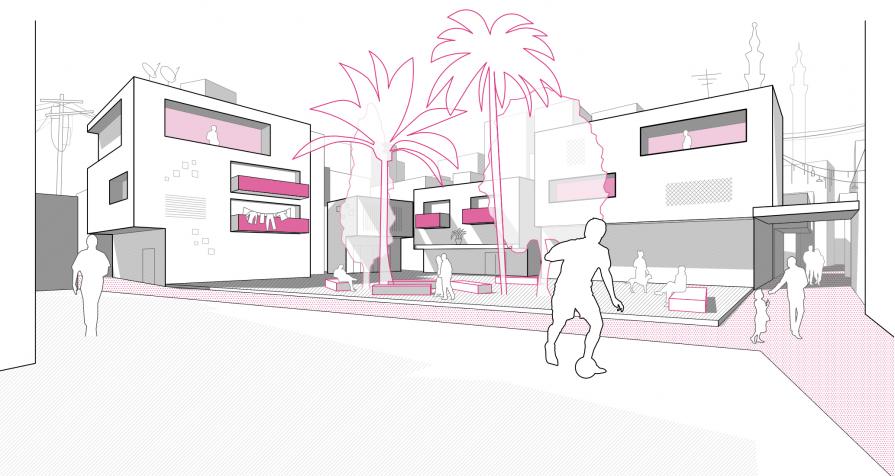
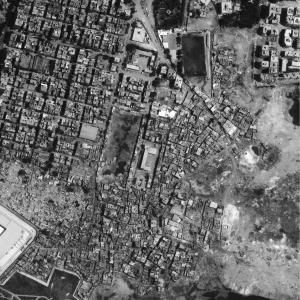
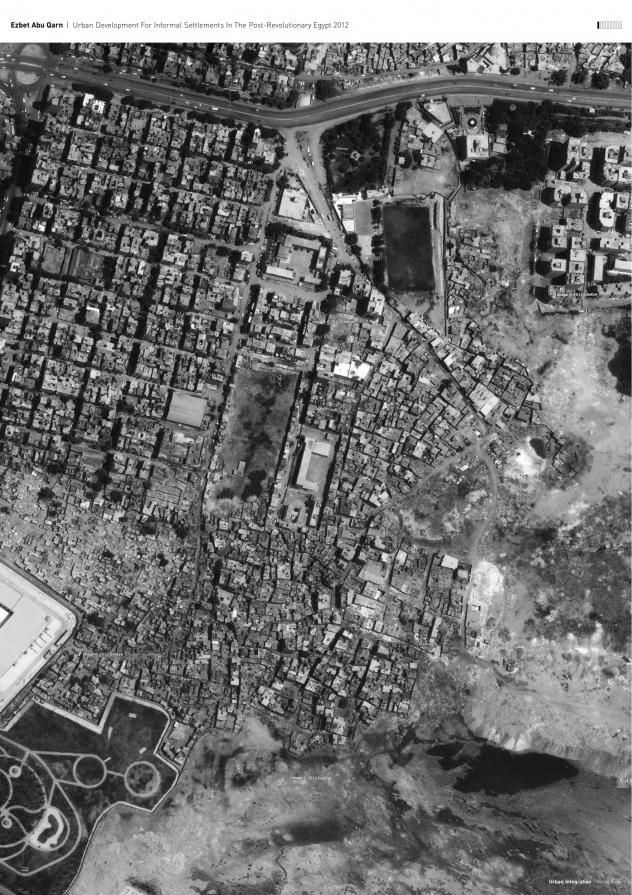

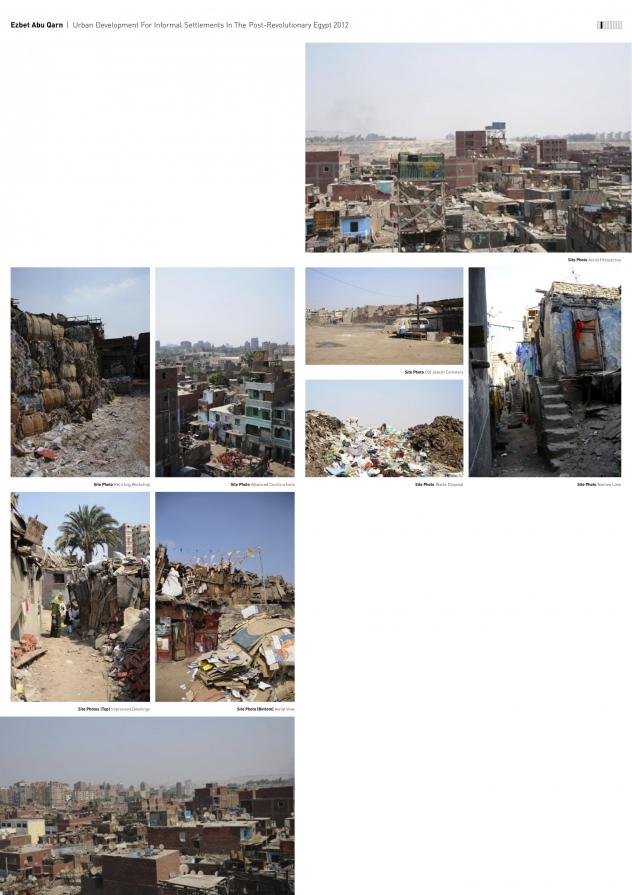


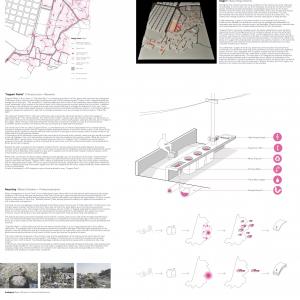
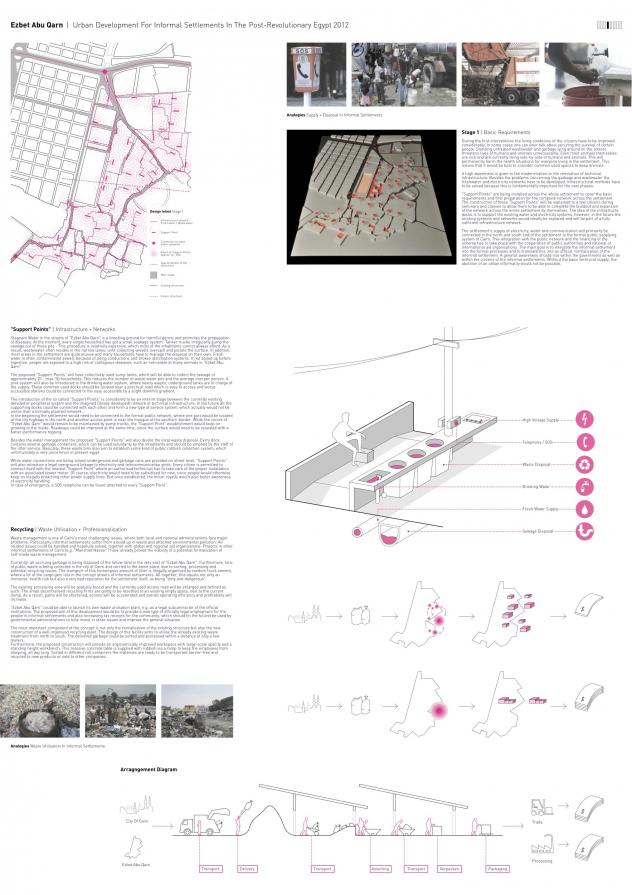
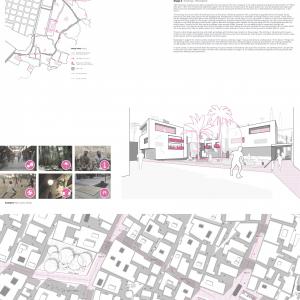
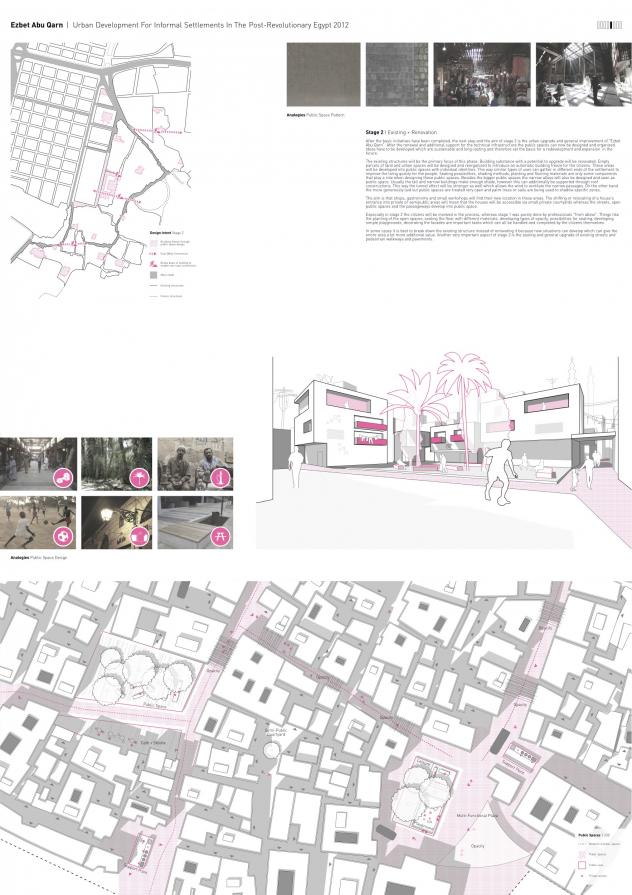
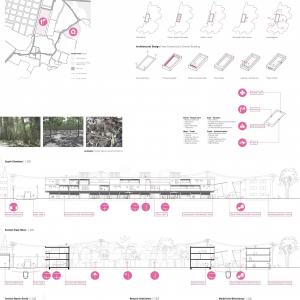
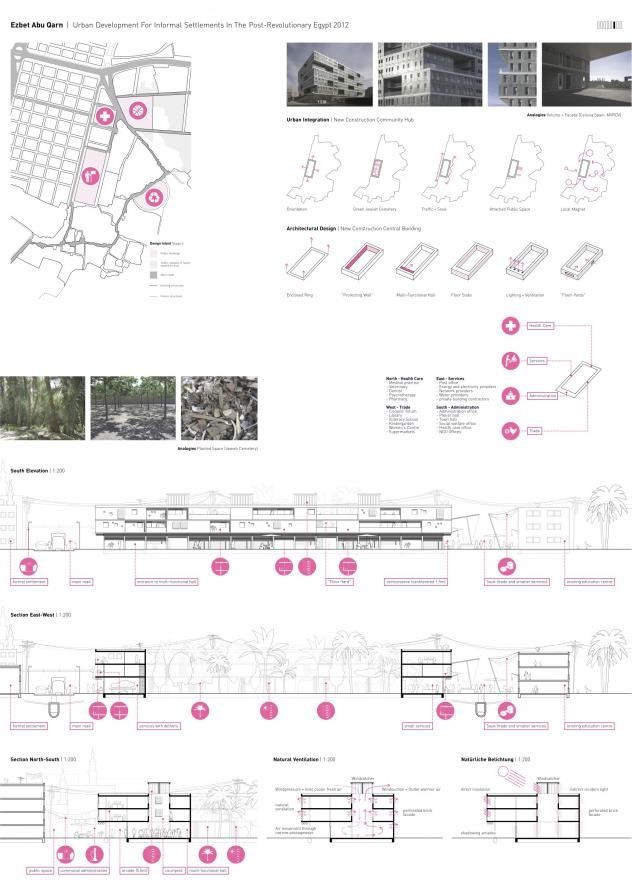
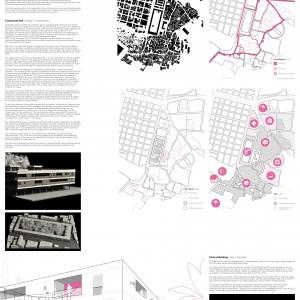
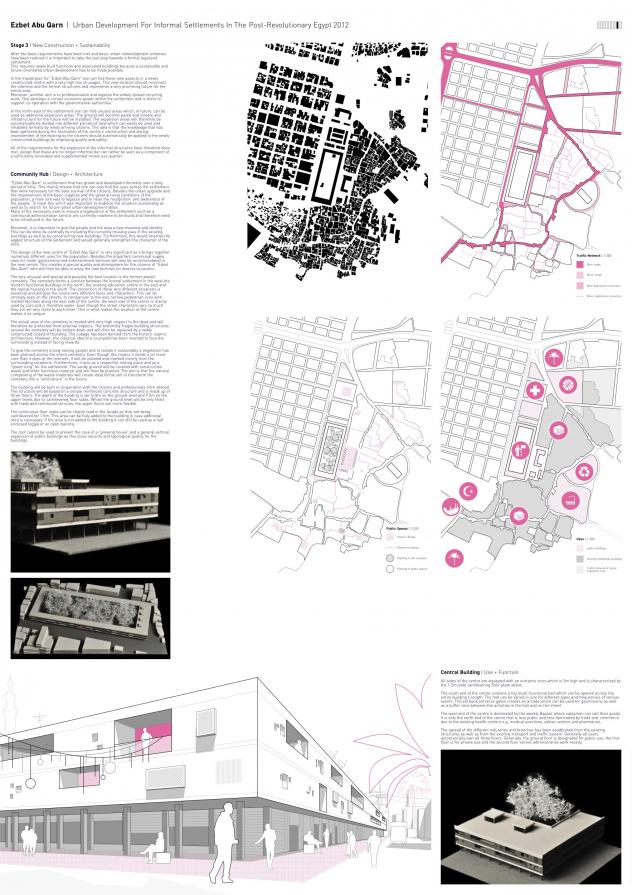
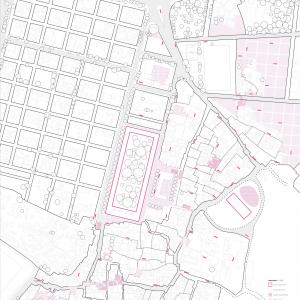
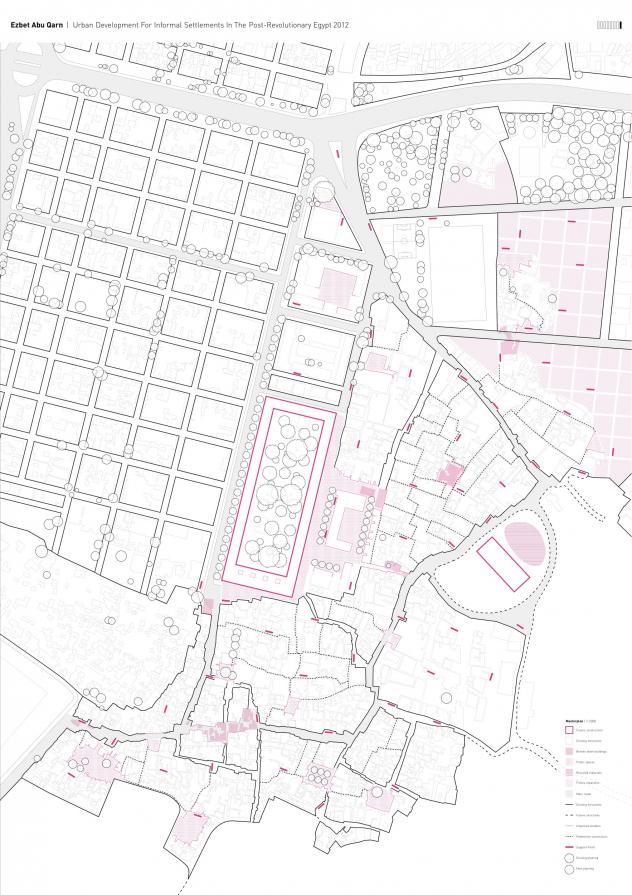








Commenti 0
Inserisci commento